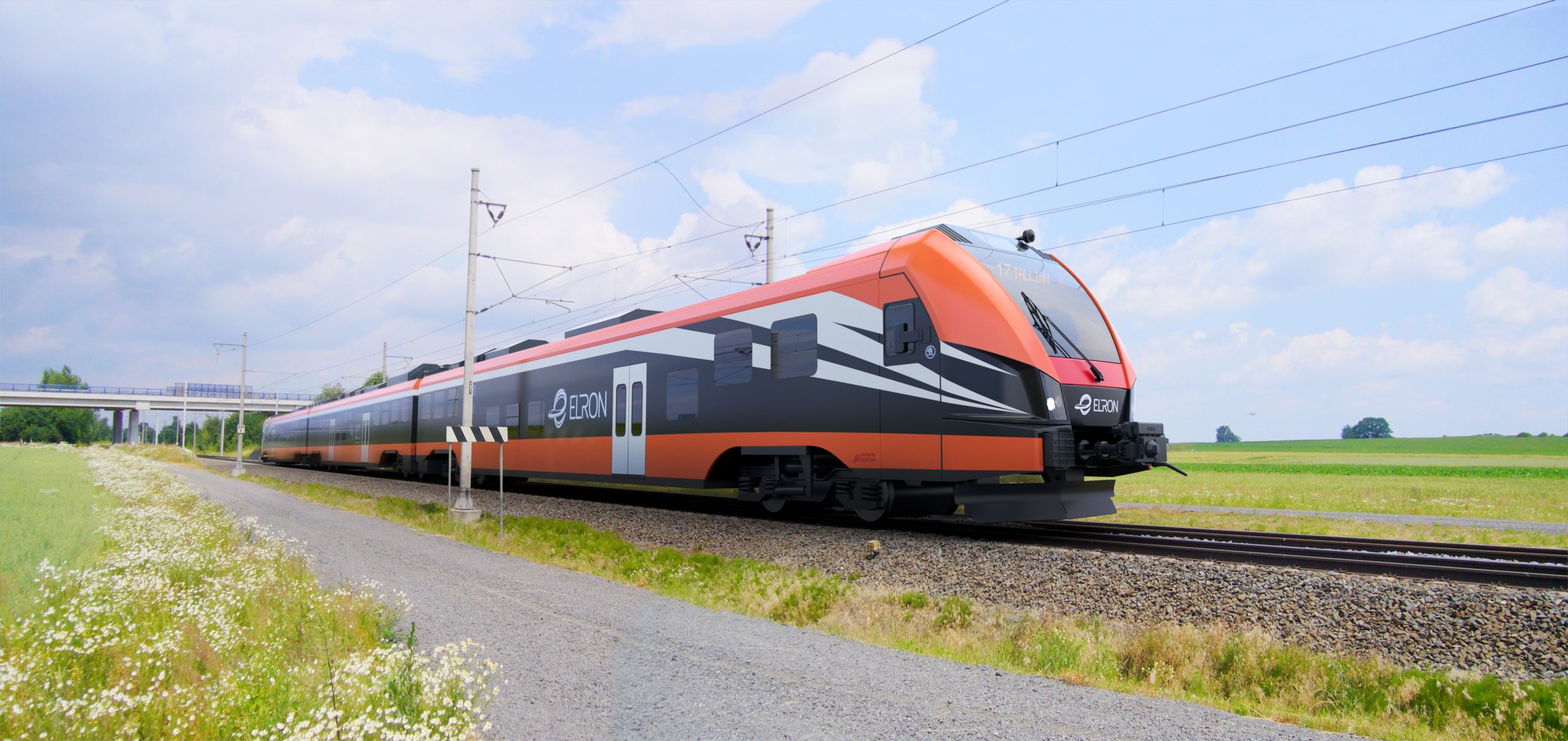 The Estonian railway operator Eesti Liinirongid (Elron) ordered from Škoda Group 10 more EMU trains exercising its option under a contract signed in 2020 for the supply six electric multiple units which are currently in production at Ostrava plant.
The Estonian railway operator Eesti Liinirongid (Elron) ordered from Škoda Group 10 more EMU trains exercising its option under a contract signed in 2020 for the supply six electric multiple units which are currently in production at Ostrava plant.
The modern trains will, among other things, serve the newly electrified railway section between Tallinn and Tartu, which is expected to be completed by the end of 2024. The contract with Elron is worth a total of EUR 147 million (over 3.5 billion crowns).
Thanks to its years of experience in the production of trains, the Ostrava production site of Škoda Group can meet the very specific requirements of this Baltic country without any problems, Škoda says. In addition to the wider track gauge, the trains are designed as dual-system trains for 3 kV and 25 kV 50Hz power systems, so that they can serve both newly electrified railway sections and sections with older catenary lines. Estonia is located in a colder climate than is typical in other parts of Europe and the trains must therefore be able to withstand more challenging temperature conditions, especially in winter.
“In 2022, Elron served 7.1 million passengers. The need for new trains is great, and last summer, the Government of Estonia approved the order for an additional ten trains. With this decision, Elron’s train fleet will get a significant addition over the next few years, growing by over 40%, which will significantly expand our opportunities to better serve passengers and intensify the timetables,” Lauri Betlem, chairman of the board of Elron said.
The new EMU trains will have low entrace and are adapted to passengers with disabilities providing space for two wheelchairs and four prams. “Some of the seats are removable so that the train can be adapted to the current situation – in summer there will be more space for bicycles, in winter more space for passengers. Of course, there is air conditioning, a modern information system, WIFI, 230 V and USB sockets,” Ivo Gurňák, Sales Area Director Mainline at Škoda Group explained.
The new rolling stock will be built on the RegioPanter platform operating in the Czech Republic and Slovakia and was also used in the design of trains to neighbouring Latvia. This is what the model for Estonia could be compared with the most, but even so the trains are different, according to customer specifications. Estonian trains have first class, some trains have a catering compartment etc.
At the same time, production has started for the ordered trains. The first trains is already in the initial welding phase and should be ready for assembly in a few weeks. During 2023, the first unit will be completed and the first tests will also take place. Škoda Group plans to then transport the second unit directly to Tallinn, where it will enter a parallel commissioning process. The unit will be transported by truck to Riga, Latvia, and then by rail to Estonia. Delivery of the first six trains is scheduled to be completed by the end of 2024.
Share on:



